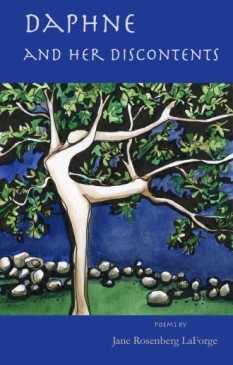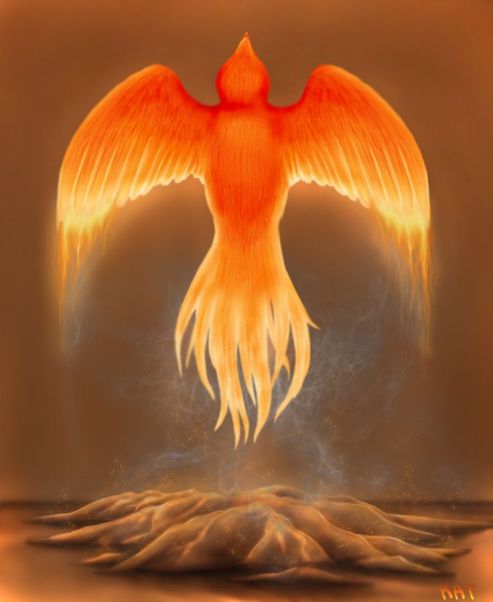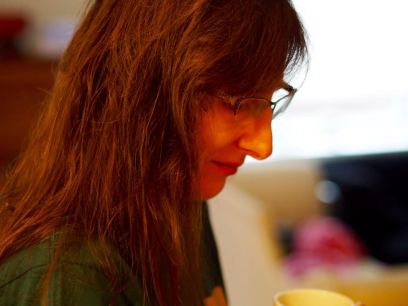
.
By Lynette Esposito
.
Jane Rosenberg LaForge writes of Daphne and her Discontents
in her 78 page poetry volume published by Ravenna Press.
.
LaForge explores the mythology of the minor goddess Daphne changed into a tree by her father so she would be protected from Apollo’s carnal desire. She interprets the perception of protection versus punishment as she exposes her own life through Daphne’s transformation and her own changing life.
.
In the poem, Introducing Daphne. LaForge directly links herself to Daphne.
.
The myth I have chosen to explain
myself rests in oil and marble:
One incontrovertible at its final
arrival, the other capable of separation
into terraces, an archaeological
rendering of lime, and flavor.
That was me, once, before I changed
To outrun my fidelity and desire;…
.
She ends the poem with the words, conservator’s suffocating power. She intertwines
the examination of her feminine self and the protection that smothers her. The tone and images presented in the poem work well with the subject matter. LaForge has a light but clear touch in revealing her message (s) to the reader.
.
All through the book LaForge accomplishes this strong approach. In Mount Olympus II, she writes: We should have met in air as the tops of trees do. The image is lovely and presents a clear visual. It excites the imagination to look up and see the tops of trees moving in the breeze and touching each other like lovers.
..
She writes in Pre-Daphne, Before my father turned me into a tree, I was fire and all the atomic numbers…. She suggests that she was not born the way Daphne became. The father changed her into a vehicle that would offer her protection but he basically changed her into an unmovable structure…no longer what she was. She was “hands” and “feet”
but no more. I like her use of body parts to suggest the whole.
Throughout the book, the presentation of a transforming Daphne is used over and over but always fresh. In the poem Danger Prone Daphne, LaForge writes,
.
Daphne will always need
Rescuing, by saints, or angels
Or contemporary females of
no consequence, because only
they can acknowledge the expediency
in her deliverance…
.
She acknowledges at the end of the poem that I am Daphne, and why.
.
The volume is well focused and presents images that are both fresh and interesting. Her last poem, Post- Daphne, she acknowledges, I did not fit the myth over and over again like a kind of slacker Sisyphus: It is a fitting end poem pulling together the myth of a goddess and a living poet.
.
Jane Rosenberg LaForge’s have been published extensively on line and in print. Her work has been nominated for a Pushcart Prize. She is a former journalist and college teacher, and lives in New York with her husband and daughter.
For information on this paperback volume go to ravennapress.com.
.
Lynette G. Esposito has been an Adjunct Professor at Rowan University, Burlington County and Camden County Colleges. She has taught creative writing and conducted workshops in New Jersey and Pennsylvania. Mrs. Esposito holds a BA in English from the University of Illinois and an MA in Creative Writing and English Literature from Rutgers University.
.
.

